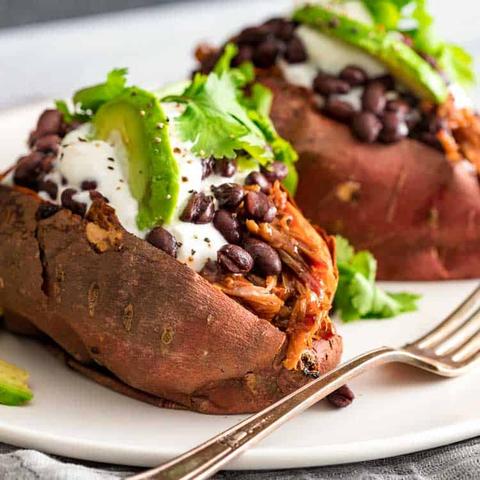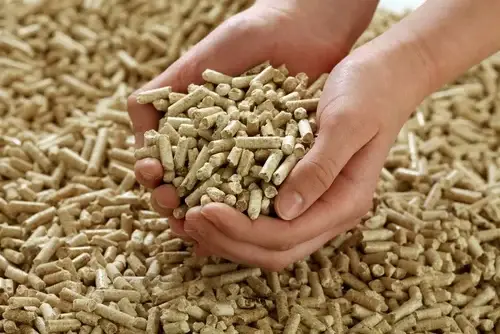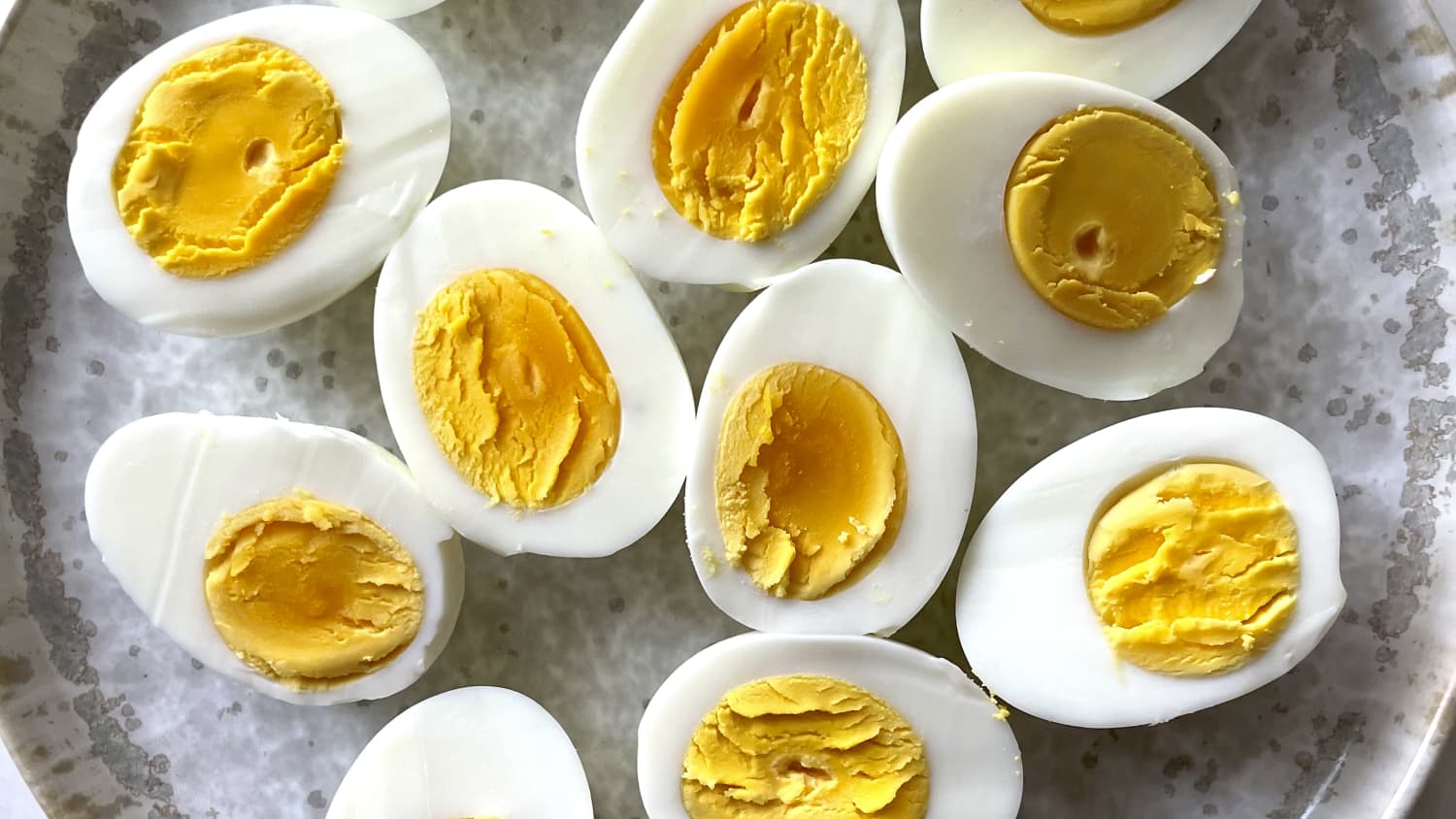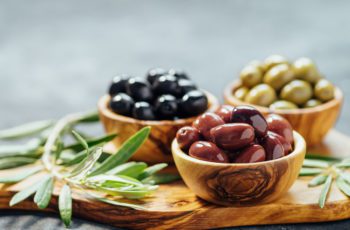
Some people might say that an olive is a fruit, while others might say it’s a vegetable. But what is the true answer? Is an olive a fruit or a vegetable? The answer to this question can be confusing, but we’ll try to clear things up for you. Let’s start by taking a look at what makes a fruit and what makes a vegetable. Then, we’ll explore the characteristics of olives and see if they fit into one category or the other. After all of this research, we’ll be able to give you a definitive answer as to whether or not an olive is considered a fruit or vegetable!
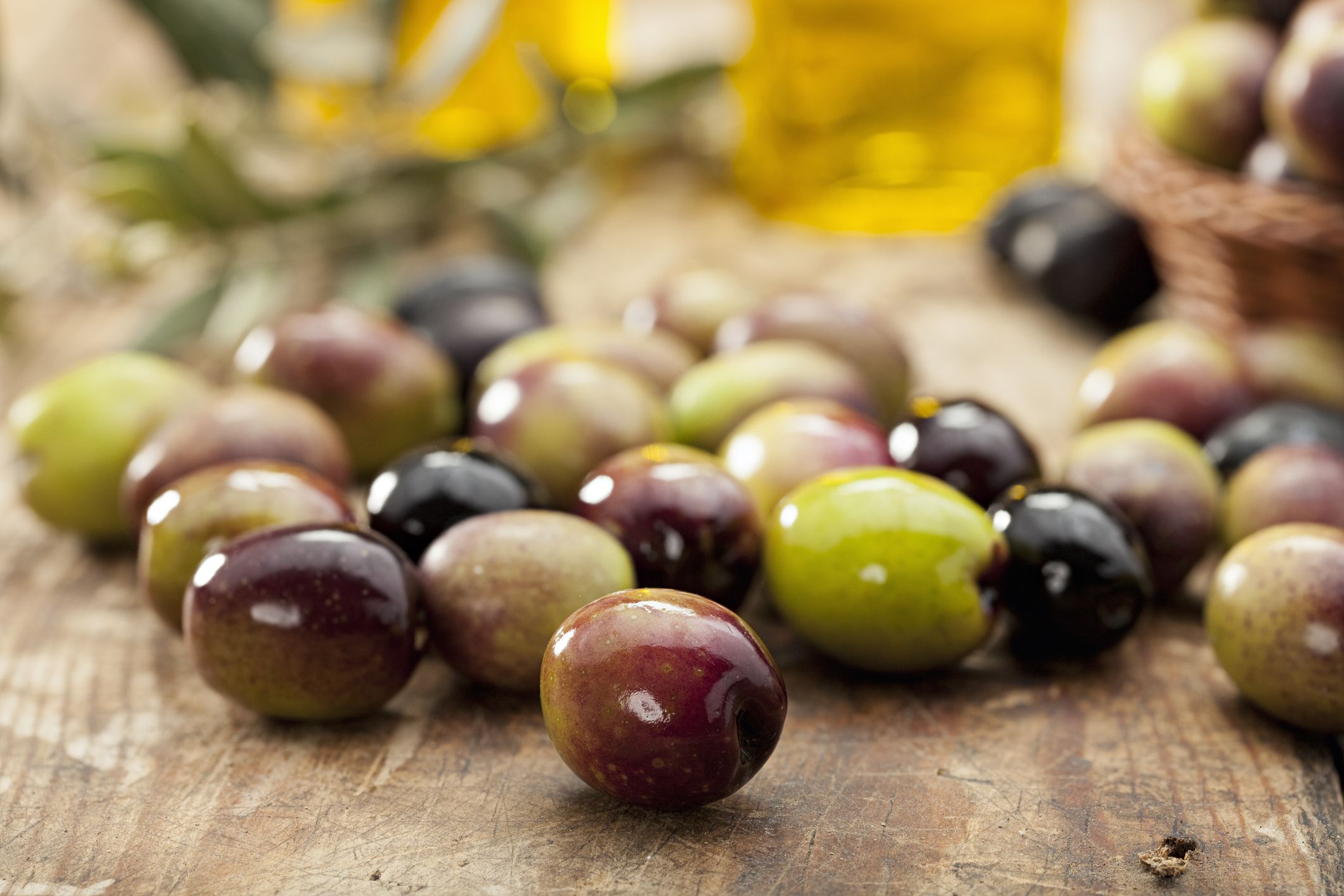
What is olive?
Olives are the fruit of the olive tree, which is a member of the fruit family. The olive tree is native to the Mediterranean region and has been cultivated for centuries. Olives are small, oval-shaped fruits that range in color from green to black. They have a smooth, fleshy exterior and a pit or stone in the center. Olives are used in many different cuisines around the world and are a popular ingredient in salads, pasta dishes, pizzas, and more.
Nutritional benefits of olives:
Olives are a good source of vitamins A and E, as well as iron and fiber. They also contain healthy fats that can help to lower cholesterol and protect against heart disease. Additionally, olives contain antioxidants that can help to protect cells from damage and reduce the risk of some chronic diseases.
How to use olives:
Olives can be eaten on their own or used as an ingredient in many different dishes. They can be sliced, diced, or pureed and added to salads, pasta dishes, pizzas, sandwiches, and more. Olives can also be used to make olive oil, which is a popular cooking ingredient.
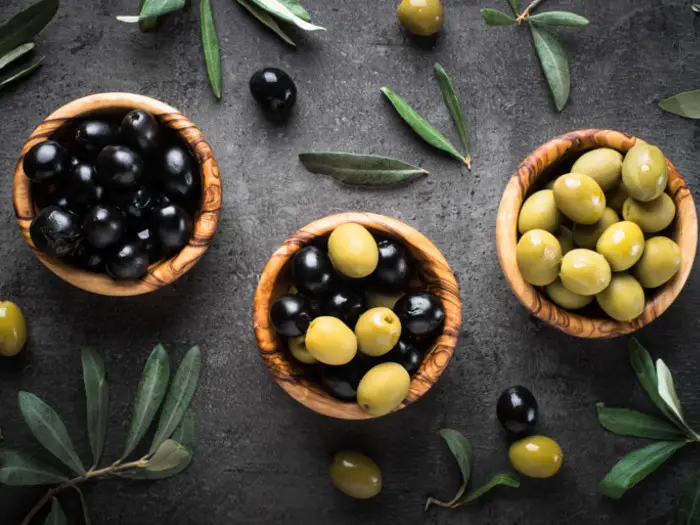
What makes a fruit?
Fruits are created from flowers, contain seeds, and aid in the reproduction of the plant. They can be eaten fresh or used in recipes. Fruits are also a good source of vitamins, minerals, and fiber. Common examples of fruits include apples, bananas, oranges, and grapes.
What makes a vegetable?
Vegetables, on the other hand, are the plant’s roots, stems, leaves, or other auxiliary components. Tthey can be eaten fresh or cooked. Vegetables are also a good source of vitamins, minerals, and fiber. Common examples of vegetables include celery, lettuce, broccoli, and spinach.
What Is An Olive Classified As? Is it a fruit or a vegetable?
Olives are categorized as a fruit since they are seed-bearing structures created from the ovaries of the olive flower – those small stones (or pits) you leave on the side of your plate could grow into trees if planted.
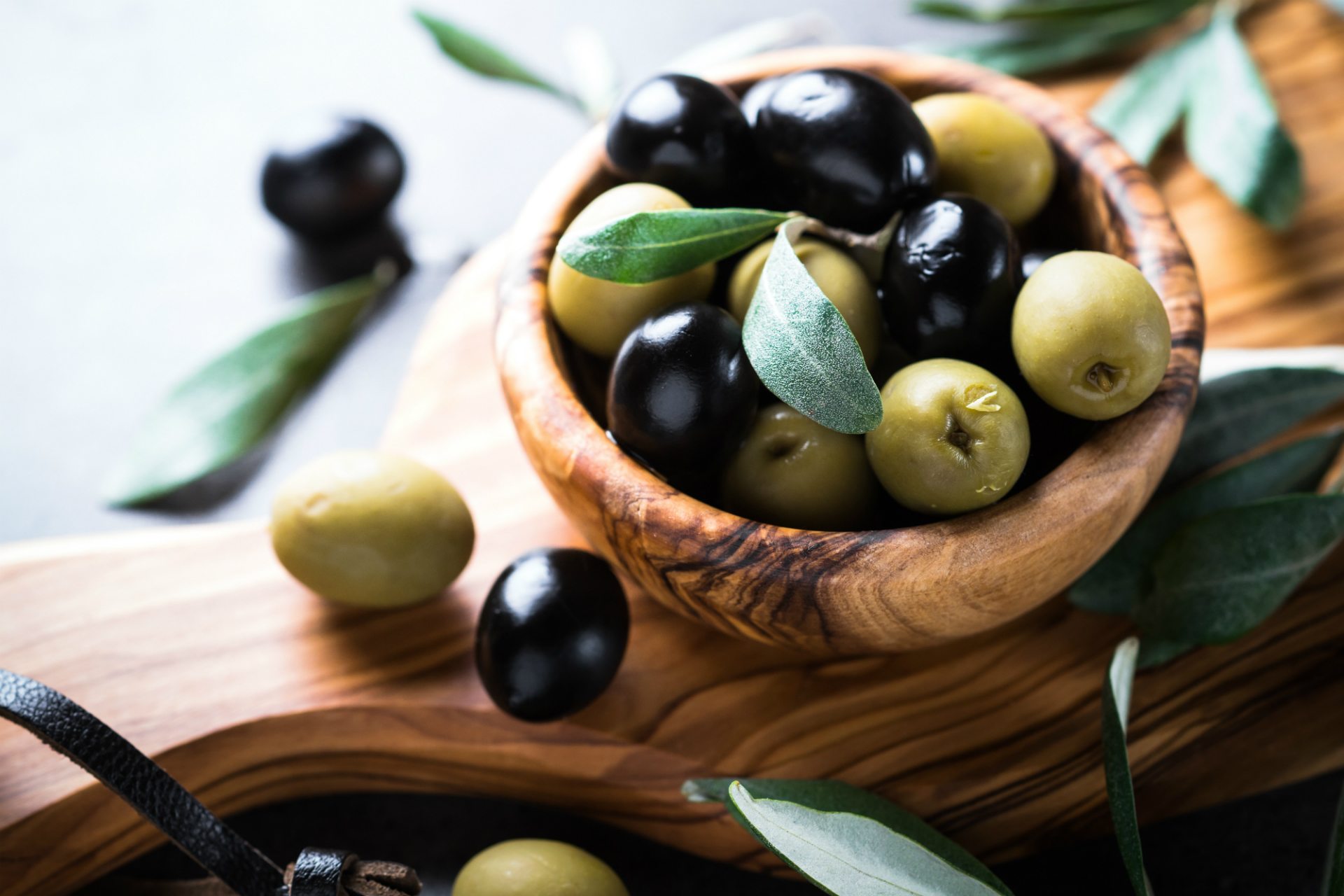
However, culinarily speaking, olives are widely used in savory dishes such as:
Hors-d’oeuvres,
on their own as snacks,
toppings on, well anything,
or sliced into salads.
The drupe group:
What is drupe?
Drupe is a category of fruit that includes cherries, plums, peaches, and yes olives. The defining characteristic of a drupe is that the fleshy exterior (exocarp) encases a hard stony endocarp housing a seed.
Which other fruits fall into the drupe group?
Cherries, plums, peaches, nectarines, apricots, and almonds are all drupes.
What about olive oil?
Olive oil is extracted from the olive fruit through a process called cold pressing which involves crushing the olives to release their oils. The oil is then separated from the water and pulp using a centrifuge. It is also possible to extract olive oil through solvent extraction but this process uses chemicals and results in a lower quality product.
Extra virgin olive oil is the highest quality olive oil available and has acidity levels below 0.8%. This means that it has been cold-pressed from the fruit without the use of chemicals or heat. Virgin olive oil has acidity levels between 0.8% and 2% and is also a product of cold pressing but may have been exposed to slightly higher temperatures during the extraction process.
Pure or light olive oil is a blend of refined and virgin olive oil. The refining process removes some of the natural flavors, colors, and nutrients from the oil. Pure olive oil has a milder flavor than extra virgin olive oil and can be used for cooking or baking.
Extra light olive oil is a type of olive oil that has been highly refined and has very little flavor or color. It is often used in cosmetics and beauty products because it does not leave a greasy residue.
How is olive oil used?
Olive oil can be used in cooking, as a dressing for salads, or as a dip. It can also be used in cosmetics and beauty products.
What are the benefits of olive oil?
Olive oil is high in healthy monounsaturated fats and antioxidants. It has been shown to improve heart health, reduce inflammation, and lower cholesterol levels. Additionally, olive oil can help to protect cells from damage and reduce the risk of some chronic diseases.
Factors to consider when eating an olive:
-How ripened the olive is: The longer an olive stays on the tree, the more antioxidants it will have.
-The color of the olive: Olives can range in color from green to black. The darker the olive, the more intense the flavor will be.
-The type of olive: There are many different types of olives, each with its own unique flavor.
-How it was processed: Olives can be cured, pickled, or fresh. Each method will affect the taste of the olive.
-How it was stored: Olives should be stored in a cool, dark place. If they are exposed to light or heat, they will spoil quickly.

How to eat an olive:
Olives can be eaten whole, or they can be pitted and stuffed. Olives can also be chopped and used as a topping or ingredient in various dishes. When eating an olive, it is important to remove the pit before consuming it. Pitted olives are also available for purchase.
FAQs
Are Olives a Healthy Snack?
Olives are a healthy snack because they are high in healthy monounsaturated fats and antioxidants. Additionally, olives can help to improve heart health, reduce inflammation, and lower cholesterol levels.
Do Olives Have Any Nutritional Value?
Yes, olives have nutritional value because they are a good source of vitamins, minerals, and fiber. Additionally, olives are high in healthy monounsaturated fats and antioxidants.
What Are the Side Effects of Eating Olives?
There are no known side effects of eating olives. However, if you are allergic to olives, you may experience an allergic reaction after consuming them. Additionally, olives may contain pits or stones that could pose a choking hazard.
Are Olives Good for You?
Yes, olives are good for you because they are a good source of vitamins, minerals, and fiber. Additionally, olives are high in healthy monounsaturated fats and antioxidants.

Why don’t some olive growers want to call olives a fruit?
Some olive growers do not want to call olives a fruit because they are classified as a vegetable for culinary purposes. Additionally, olives are considered to be a drupe, which is a type of fruit that has a fleshy exterior and a stony endocarp housing a seed.
What is the difference between an olive and a pit?
Olive is a small, spherical fruit that grows on an olive tree. A pit is the hard, stony endocarp inside an olive that contains the seed.
What Food Group Is An Olive?
Olives grow on a fruit-bearing tree called Olea Europaea, which is also known as the “olive tree”. Olives are consequently categorized as drupes or stone fruits in a type of fruit.
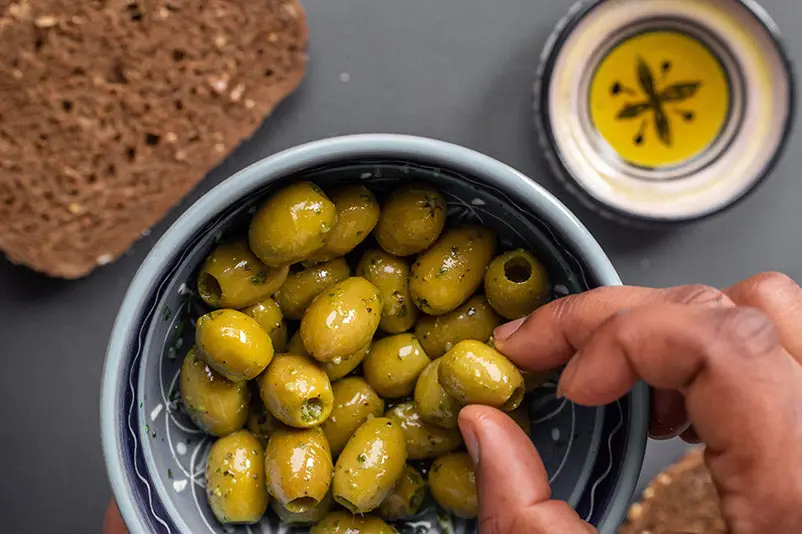
Reasons For Calling Some Fruits Vegetables:
Some fruits are called vegetables because they are classified as a vegetable for culinary purposes. Additionally, some fruits are considered to be drupe, which is a type of fruit that has a fleshy exterior and a stony endocarp housing a seed.
Conclusion
To sum up, Olive is a healthy fruit: they are high in healthy monounsaturated fats and antioxidants. Additionally, olives can help to improve heart health, reduce inflammation, and lower cholesterol levels. Olives have nutritional value because they are a good source of vitamins, minerals, and fiber.
Learn More About Grilling
If you want to learn more about grilling, check out these other helpful resources!

